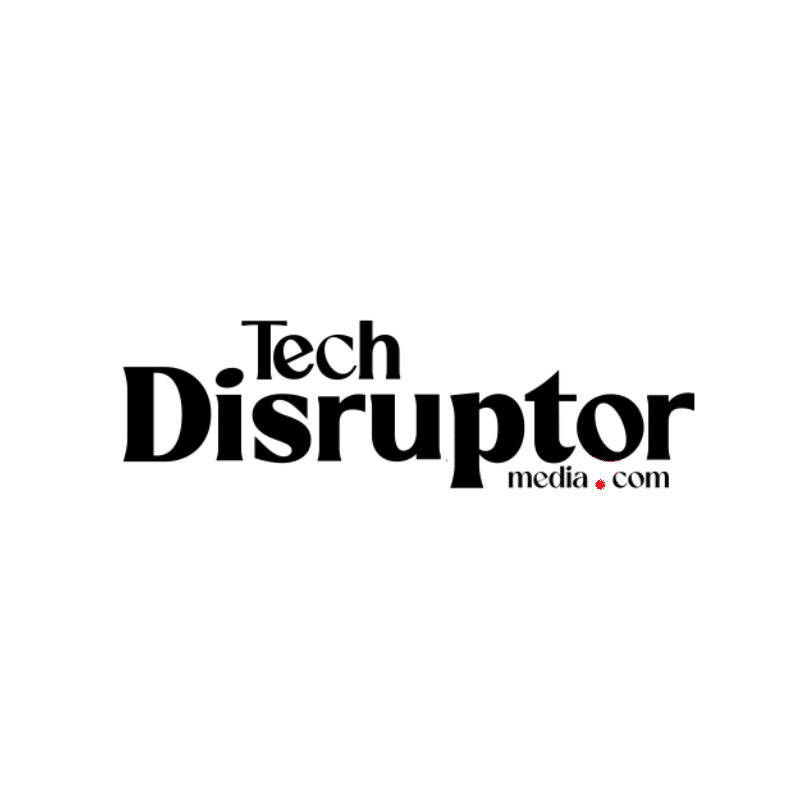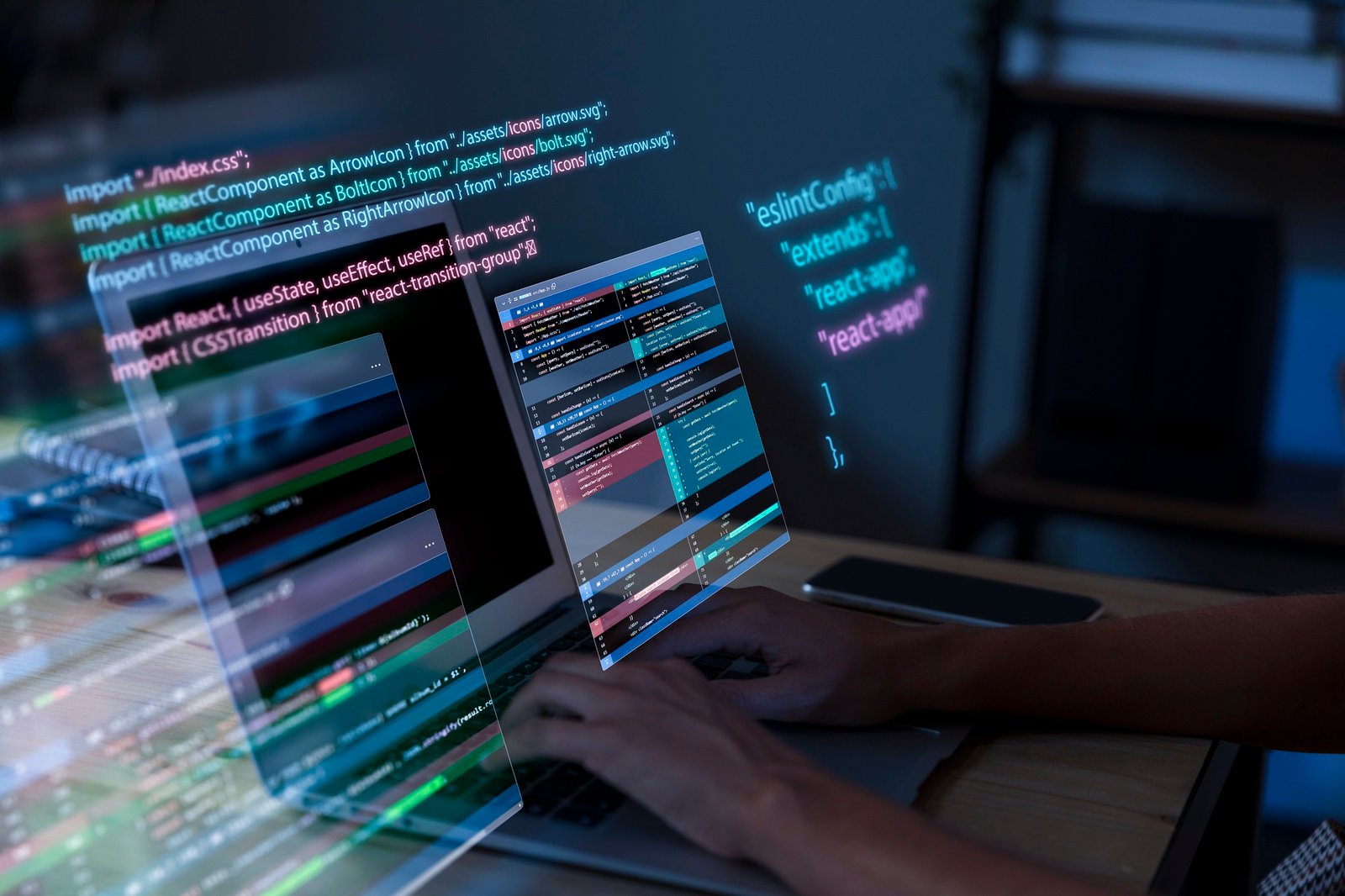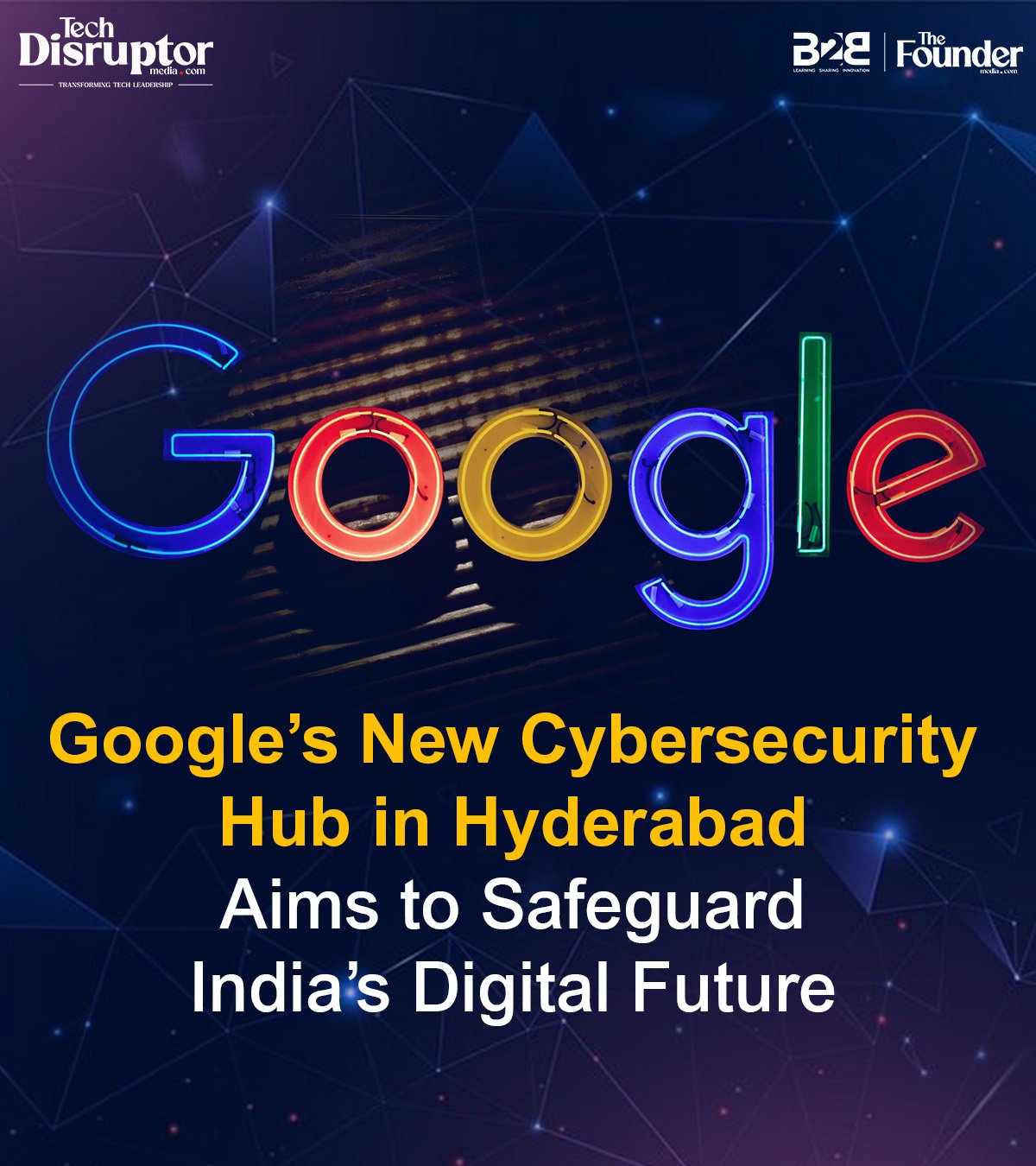The global ransomware crisis has entered an uncharted and more dangerous phase. According to Zscaler ThreatLab’s 2025 Ransomware Report, attacks have not only surged — up 146% year-over-year — but evolved in ways that threaten to outpace traditional defenses across every major sector.
What once was a criminal business model built on file encryption and downtime is now a calculated assault on data integrity and public reputation. In 2025 alone, ransomware operators exfiltrated 238 terabytes of sensitive data — a staggering 92% jump from last year — and wielded it as a bargaining chip in increasingly aggressive public extortion campaigns. The message from attackers is blunt: pay up, or the world will see your secrets.
Critical Sectors in the Crosshairs
The report paints a sobering picture for specific industries. Manufacturing, Technology, and Healthcare remain perennial targets, while Oil & Gas has emerged as a prime bullseye, facing a 935% surge in incidents — a spike that could jeopardize critical infrastructure stability.
While ransomware is a global plague, the United States continues to bear the brunt, absorbing half of all attacks worldwide in the past year.
The Criminal Actors Behind the Wave
The lead offenders in 2025 include RansomHub, Akira, and Clop, each responsible for hundreds of publicly named breaches (833, 520, and 488, respectively). Law enforcement takedowns are proving temporary at best, with groups reconstituting and evolving at speed.
Adding to the complexity, threat actors are now embracing generative AI tools — automating reconnaissance, crafting hyper-personalized phishing lures, and accelerating exploit chains. It’s a development many analysts view as a force multiplier for cybercrime.
Trends Mirror Global Cybersecurity Warnings
The Zscaler findings echo patterns noted by IBM X-Force, CrowdStrike, and others:
- Multi-extortion is now the norm, blending encryption with theft, harassment, and personal targeting.
- Cloud and critical infrastructure remain prime hunting grounds.
- The AI arms race is in full swing — with attackers and defenders fighting on the same technological front.
- Regulatory tightening on breach disclosure is raising the cost, both financial and reputational, of ransomware incidents.
Beyond Firewalls: Rethinking Defense
Zscaler’s report warns that traditional perimeter security is losing relevance in a world of distributed workforces, hyper-connected supply chains, and relentless attacker innovation. The resilience of ransomware groups underscores a need to move past reactive models.
Key recommendations include:
- Zero Trust Architecture — stripping away implicit trust and blocking lateral movement inside networks.
- Immutable backups to outlast encryption.
- Data loss prevention frameworks tuned to industry-specific risks.
- Regular attack simulations to harden both systems and the human response.
A Security Doctrine Shift
Above all, the report emphasizes that ransomware is no longer a niche tech issue — it’s a strategic business risk. In 2025, adversaries are not just encrypting your files; they’re targeting your customers’ trust, your shareholders’ confidence, and your regulatory standing.
Cybersecurity leaders who adapt — integrating Zero Trust, harnessing AI for defense, and embedding security into their operational DNA — won’t just survive this escalation. They’ll set the new standard for resilience in a digital era where extortion is public and the threats never sleep.





